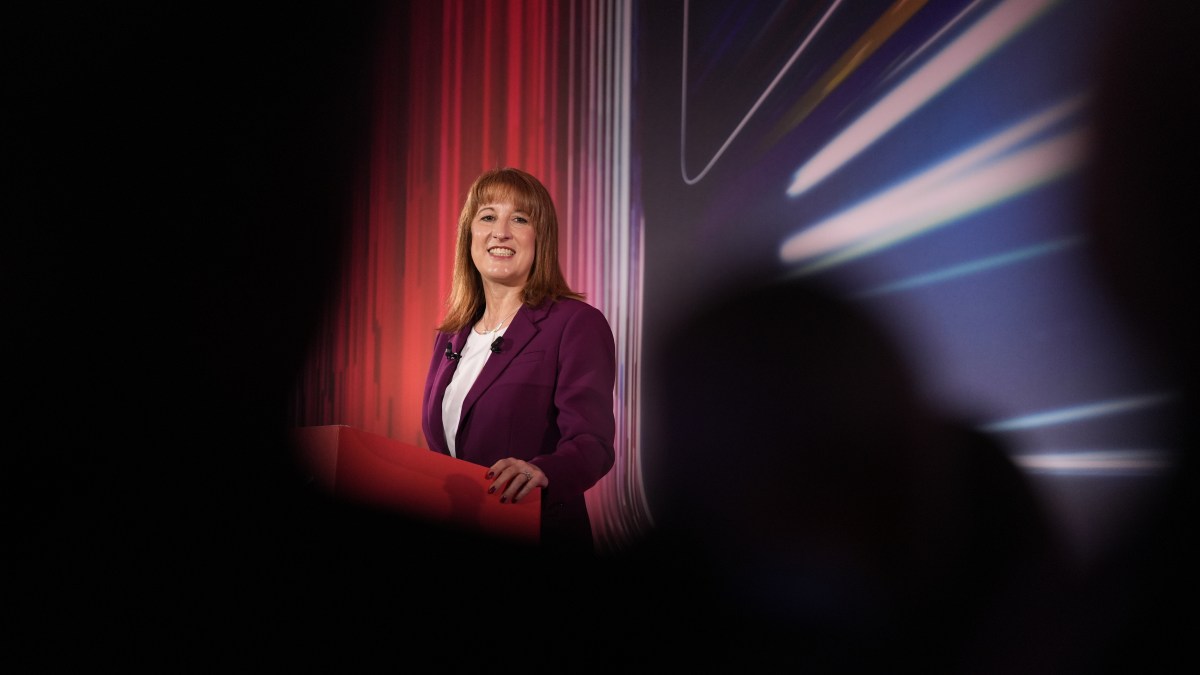Public sector pensions are in line for a 3.8 per cent boost next year, posing a £2 billion problem for Rachel Reeves as she scrambles to balance the books in next month’s budget.
Some 6.6 million workers in the public sector have generous defined benefit (DB) pensions — also known as final-salary or average-salary schemes — which guarantee a set retirement income for life that is usually inflation-linked and funded by the taxpayer.
The consumer price index (CPI) measure of inflation for the year to September was unchanged on July and August’s figures of 3.8 per cent and it is this rate that will determine the rise in public sector pensions in April. It is more than double the 1.7 per cent increase for 2024-25.
What it means for taxpayers?
The mounting cost of gold-plated public sector pensions adds to the fear that there will be tax rises in the budget on November 26 to fill a multibillion black hole in the nation’s finances.
Taxpayers will pay £57 billion this tax year to fund public sector worker pensions, which is now set to increase £2.17 billion next year in line with today’s figures. Previous analysis for Money found that even if public sector pension schemes closed to new members today, the annual bill for funding existing pension promises would exceed £100 billion by 2050.
“The public sector pensions bill is out of control,” said the former Bank of England economist Neil Record.
“September CPI Inflation at 3.8 per cent is nearly double the 2 per cent target and the immediate effect of this is to add £2.2 billion to next year’s public spending. The long-term effect is to add at least twenty times that because the indexation raises pensions every year for every one of the nearly 6 million members of the scheme.
“Unlike every other occupational pension in the UK, there is no fund, so all the money will come from future taxpayers.”
Andrew Tully from the wealth manager Nucleus Financial said: “The substantial and increasing cost of public sector pensions seems like the elephant in the room which no one is willing to talk about. They are significantly more generous than most people in the private sector get.”
DB pensions are now rare in the private sector, because they are too expensive to run. The few private sector DB schemes left do not enjoy the same unlimited inflation-linked protections as public schemes. For anyone who joined a private sector DB scheme between 1997 and 2005, the annual increases in payments are capped at 5 per cent. For those who joined after April 2005, increases are capped at 2.5 per cent.
Most workers in the private sector now save into defined contribution (DC), also known as pot of money, pension schemes, where the amount you get in retirement depends on how much you pay in and how well the fund’s investments perform.
This has led to a stark divide between the retirements of public and private sector workers — the former can rely on the taxpayer for a guaranteed income while private sector pensioners have the risk that their investments will perform poorly and that they will run out of money if they don’t manage their withdrawals carefully.
What’s more, speculation is rife that private sector pensions could be targeted in the budget, with the 25 per cent tax-free lump sum that most savers can take from their pension from age 55, potentially facing the chop.
• Why you should (and shouldn’t take your tax-free pension cash
Then there is the state pension …
Under the triple-lock the state pension rises each year in line, not just with inflation, but with the higher of average wage growth, inflation, or 2.5 per cent. The wage growth figure used, from May to June, was 4.7 per cent, however, last week the Office for National Statistics revised wage growth up even higher to 4.8 per cent. It means that the new state pension will rise from a maximum of £230.25 a week (£11,973 a year) to £241.30 a week (£12,548 a year).
The boost will take the new state pension to just £22 shy of the £12,570 personal allowance — the amount you can earn each year before having to pay income tax.
“It will go above the tax threshold in 2027 if the tax-free allowance does not rise,” said Steve Webb, a former pensions minister. This would lead some pensioners to have to give back some of their state benefit to the government in tax.
The pensions firm Standard Life said that a 4.8 per cent rise would increase the total annual cost of the state pension, including the basic state pension, by about £7 billion to £152.6 billion for the 2026-27 tax year.
